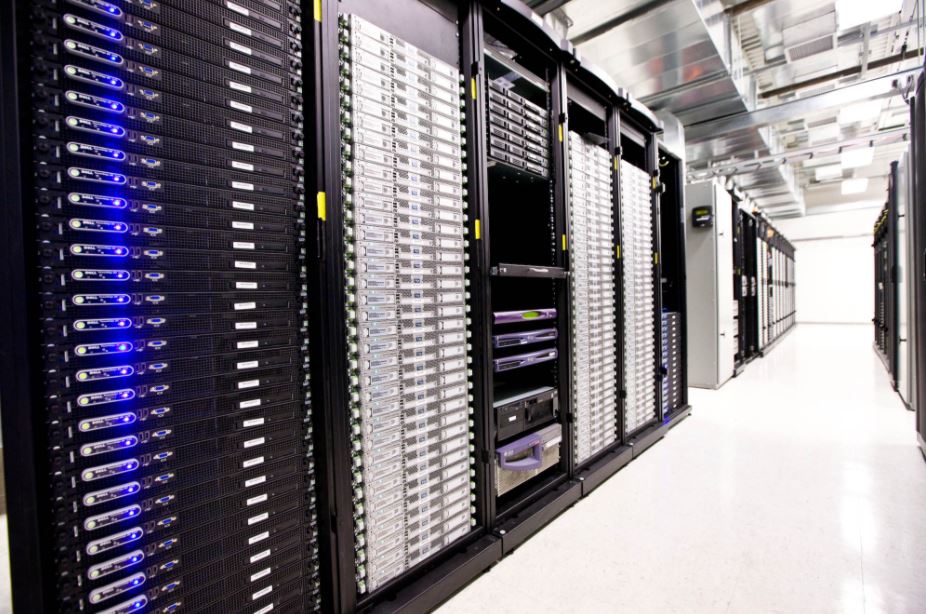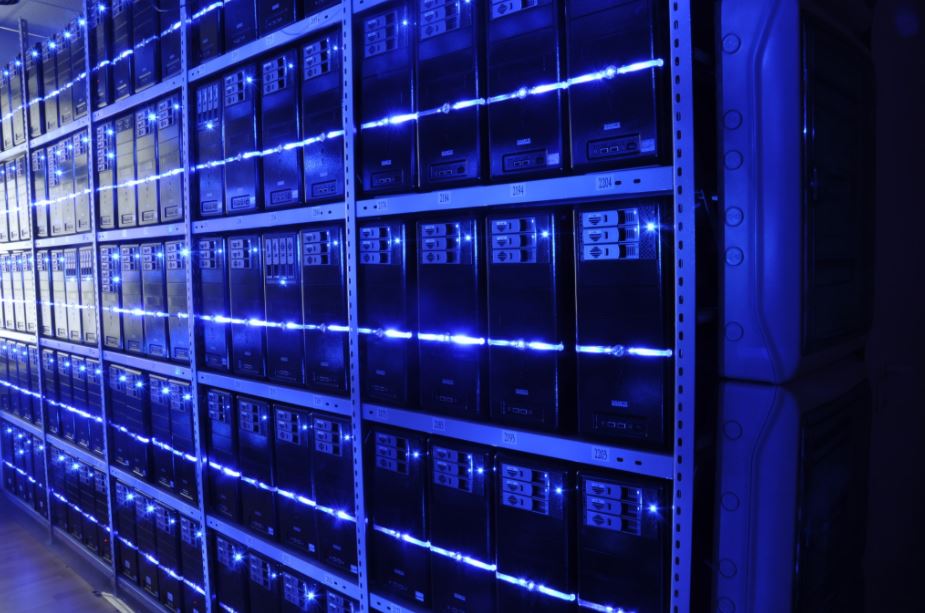How To Install WordPress On Your In-House Servers
3 min read
One of the best features of the WordPress Content Management System, or CMS, is its versatility. Like many web applications, WordPress takes full advantage of a multi-tier architecture. It can be deployed on any number of systems and can be utilized for a wide variety of purposes, from publishing, to software development to testing.
One thing even some WordPress experts don’t realize is the system’s nature allows it to work in numerous contexts. Can it be installed on a local system? Absolutely. Can it be employed as part of an Intranet? Of course. How might that improve a business?
Three-Tier and N-Tier Architectures
Classic WordPress relies on something called a three-tier architecture. The data is stored in a database. The middleware, which is written in PHP, runs on the web server, often the same machine where the database is stored. The user interface and presentation layers run in a web browser on a client machine.
Some plug-ins for WordPress run on a third machine or on a cloud server, which technically makes that WordPress install an n-tier system.
Because of this architecture and design, it is possible to install and run WordPress on a wide variety of hardware. All that is necessary is the correct supporting software.
The WordPress Ecosystem

Content management systems are often developed and tested on machines that use the LAMP software package. LAMP stands for Linux, Apache, MySQL and PHP. It is the operating system, web server, database software and pre-processor/script engine that neatly covers all the requirements for software like WordPress to run.
Technically, any machine that can run these applications or applications similar enough to provide a CMS with all the necessary conventions can run WordPress, and can do so rather effectively. As a good example of the versatility involved, a user could be running a Linux desktop with the LAMP architecture installed or a server in a rack mount case with the same software, and WordPress will happily install and run through the loopback server, on the local network, or on the wider Internet.
WordPress on the Server

Once the necessary server software is installed and properly configured, installing WordPress is relatively simple. The code, style sheets, scripts and images are moved to the web server’s public-facing directory. From there, the client and middleware will run using the web server and its PHP integration.
The database must be set up inside your database server. This may require one or two extra steps in order to get the database name, login information and middleware configuration established, but once your WordPress install knows where the database server is, it will usually manage the data itself. One good extra application to consider for your local web server is phpMyAdmin, which will give you a browser-based control panel of sorts to help manage your databases and PHP integration.
WordPress is only likely to get better over time. It is already much more efficient to install and uninstall the software, and the client-based utilities are improving at a rapid pace. It is an excellent choice for in-house content management.





